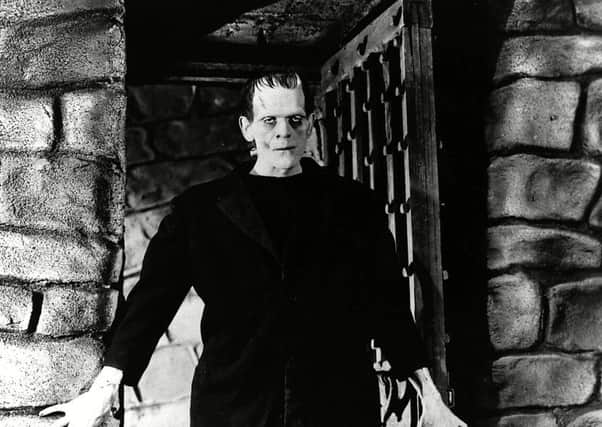How books turned Frankenstein monster into a killing machine


Dr Daniel Cook, a senior lecturer in English at the University of Dundee, who is giving a free lecture “Frankenstein: The Books That Made the Monster” at The McManus: Dundee’s Art Gallery and Museum next Tuesday evening, described the monster as an attentive reader of the humanities, adding and “that’s his problem”.
“He reads Paradise Lost, the Bible, The Sorrows of Young Werther and learns of and copies mankind’s flaws,” said Dr Cook.
Advertisement
Hide AdMeanwhile Dr Frankenstein, the monster’s creator, is an inattentive reader of the sciences who rejects modern science of Humphry Davy and others. “The plot unfolds because of how the two protagonists read and that is something that I want to talk about, proving that Frankenstein is more than just the story of a mad scientist that has created a monster.”
Contrary to the popular image of a monster who is portrayed as ignorant and with a bolt through his neck, Shelley wrote of a sensitive creature who was hurt by Dr Frankenstein’s rejection of him and who then swears revenge.
Dr Cook added: “Quite often we think of Frankenstein as a cultural myth rather than as a highly sophisticated piece of writing. In reality, Frankenstein is a book about books.”
The lecture comes as the city prepares to celebrate the 200th anniversary of the publication of Mary Shelley’s Frankenstein.
Shelley (1797-1851) who began writing ‘Frankenstein’ at the age of 18 credited the two years she spent living in Dundee’s South Baffin Street as a young teenager after her father sent her to live with the wealthy jute baron Baxter family with helping her form her passion of writing.
She wrote that the “airy flights of my imagination, were born and fostered” throughout her time in the city.
Advertisement
Hide Ad“The Cottage” in Dundee’s Ferry Road where she lived is mentioned within the text of Frankenstein.
Later this month, Dr Cook, who specialises in 18th and 19th-century literature, will publish an edited and newly-illustrated Dundee edition of Frankenstein, celebrating Shelley’s ties with the city and the 200th anniversary of the original’s publication.
It will be available free, in print and online through the university’s Discovery portal.